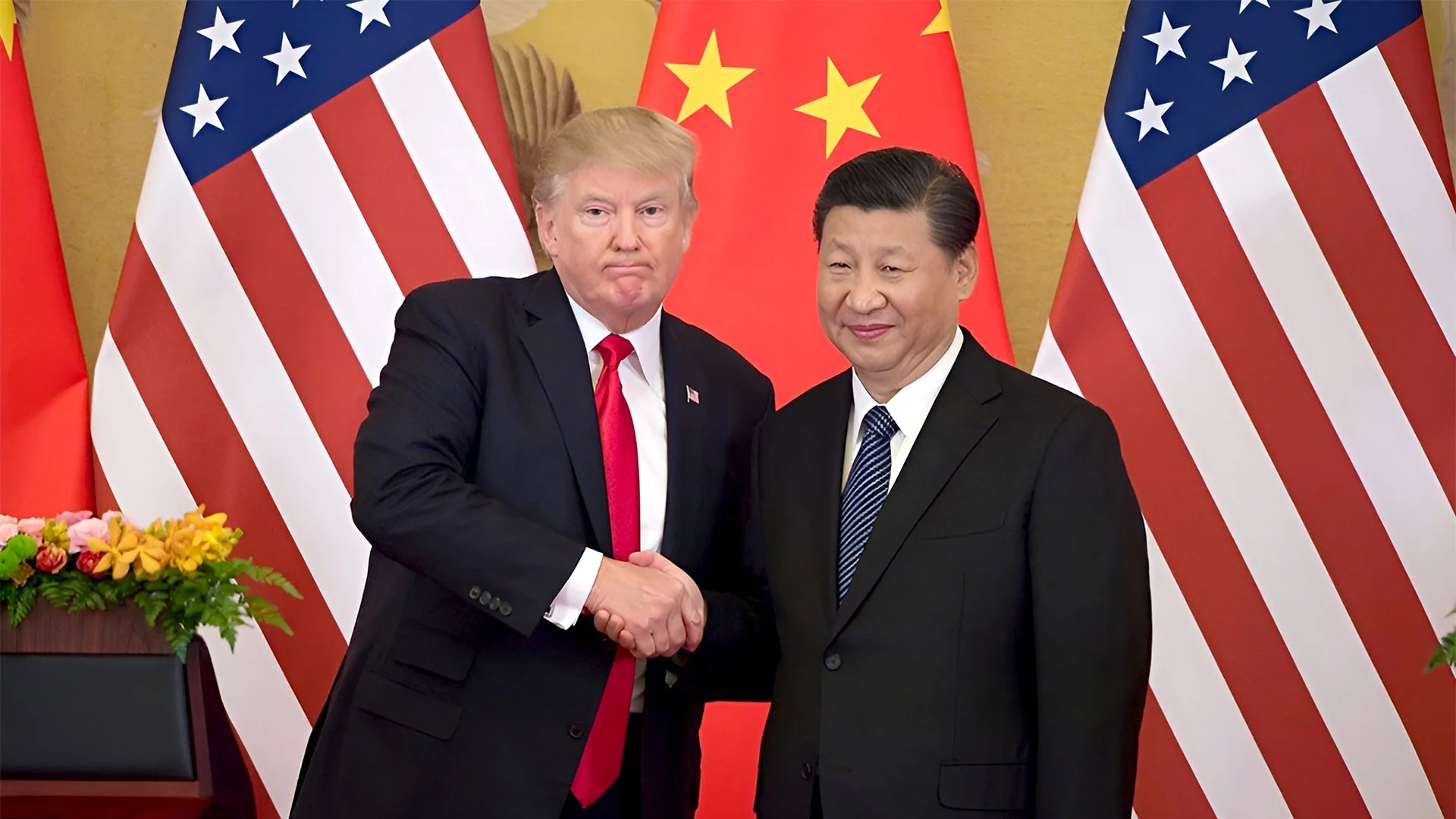Trump and Xi Set for High-Stakes Meeting as Trade Tensions Persist in Second Term
In a move closely watched by global investors and policymakers alike, U.S. President Donald Trump is set to meet Chinese President Xi Jinping for the first time since returning to office for his second term. The meeting, expected to take place in early November, comes amid renewed uncertainty over the future of the U.S.–China trade relationship — a cornerstone issue that has defined global markets for much of the past decade.
The long-anticipated summit is being framed as an opportunity to “reset” dialogue between the world’s two largest economies, though expectations for an immediate breakthrough remain low. With both nations grappling with internal economic pressures and external geopolitical shifts, the stakes for this meeting are higher than ever.

A Second Term, a Familiar Challenge
President Trump’s return to office has reignited debates about the trajectory of U.S. trade policy. During his first term, Trump’s administration imposed sweeping tariffs on Chinese goods, citing unfair trade practices and intellectual property theft. The result was a multi-year trade war that rattled markets, disrupted supply chains, and reshaped global trade patterns.
Although a “Phase One” trade agreement was signed in January 2020, many of its key provisions — including China’s commitments to increase U.S. imports and strengthen IP protections — have been only partially fulfilled. Trump has since signaled his intent to push for a more comprehensive “Phase Two” deal, one that would address structural issues such as state subsidies, technology transfer requirements, and the digital economy.
The challenge, however, lies in rebuilding trust. Beijing has shown reluctance to engage in talks that could be perceived as concessions under pressure, while Washington remains wary of China’s growing influence in critical sectors such as semiconductors, green technology, and artificial intelligence.
China’s Economic Landscape and Strategic Timing
For President Xi, the timing of this meeting is also critical. China’s economy is undergoing a period of structural adjustment, marked by slowing growth, high youth unemployment, and ongoing real estate troubles. At the same time, Beijing is prioritizing its “dual circulation” strategy — boosting domestic consumption while maintaining global export competitiveness.
Xi’s government has also intensified its focus on self-reliance in key technologies, especially amid U.S. export controls and restrictions on Chinese firms. By meeting Trump, Xi seeks to stabilize external relations and prevent further deterioration of trade and investment flows — both of which are essential for sustaining China’s post-pandemic recovery.
Nevertheless, analysts caution that Xi will be careful not to appear conciliatory. Chinese state media has emphasized the need for “mutual respect and equality,” suggesting that Beijing expects Washington to soften its rhetoric before major compromises can occur.
Global Markets Brace for Impact
Financial markets are already reacting to news of the planned meeting. The U.S. dollar strengthened slightly on speculation that renewed talks could ease trade tensions, while Asian equities posted mixed results as investors weighed the potential outcomes.
“Markets want clarity, but they’re unlikely to get it right away,” said Helen Zhao, a senior economist at Fidelity International. “Even if the meeting signals goodwill, the path to a new trade deal will be long and politically charged.”
Sectors most exposed to U.S.–China trade — such as semiconductors, manufacturing, and agriculture — are expected to experience short-term volatility. American farmers, in particular, are hoping for renewed Chinese import commitments, especially after years of uneven trade volumes and shifting tariff schedules.
Meanwhile, multinational corporations continue to diversify supply chains to reduce exposure to future disruptions. The “China Plus One” strategy — in which companies expand operations into Southeast Asia or India — has gained momentum, reflecting a broader trend of cautious rebalancing rather than full-scale decoupling.
Diplomatic Signals and Strategic Calculations
Beyond economics, the Trump–Xi meeting carries significant diplomatic symbolism. Both leaders are expected to address not only trade but also broader strategic issues, including technology access, Taiwan, and the South China Sea.
White House insiders have hinted that Trump’s team may pursue a more transactional approach, aiming to extract concrete economic gains that align with domestic priorities ahead of midterm elections. In contrast, Beijing’s delegation will likely emphasize stability and mutual benefit, hoping to project an image of calm leadership amid global uncertainty.
However, observers note that any new agreement — even a limited one — would require delicate negotiation. “Both sides are entering this with political constraints,” noted Dr. Andrew Polk of Trivium China. “Trump wants a deal that looks like a win, while Xi wants to avoid appearing as if China is yielding under pressure. That tension will shape every discussion point.”
The Road Ahead
As Trump and Xi prepare to meet, expectations remain cautious but hopeful. While few anticipate a comprehensive deal from this first encounter, even small steps toward renewed dialogue could ease tensions and restore some stability to global trade.
If both leaders can agree on limited measures — such as reducing select tariffs or resuming joint economic consultations — it could signal a gradual thaw in relations and renewed confidence in global markets.
The outcome of this meeting will not only shape U.S.–China trade but also influence currency trends, commodity prices, and investor sentiment worldwide. Forex traders, in particular, should stay alert for potential market volatility in pairs such as USD/CNY, USD/JPY, and EUR/USD, which are sensitive to shifts in geopolitical tone and trade policy.
Take the Next Step in Your Forex Journey
Global events like U.S.–China negotiations have a direct impact on currency movements — and knowing how to interpret them can make all the difference in your trading success.
Join our FREE Forex Workshop with GME Academy to learn how to read market reactions, manage risk, and build confidence in real-world trading scenarios.
Expand your understanding of global economics and turn insights into smarter trades.

